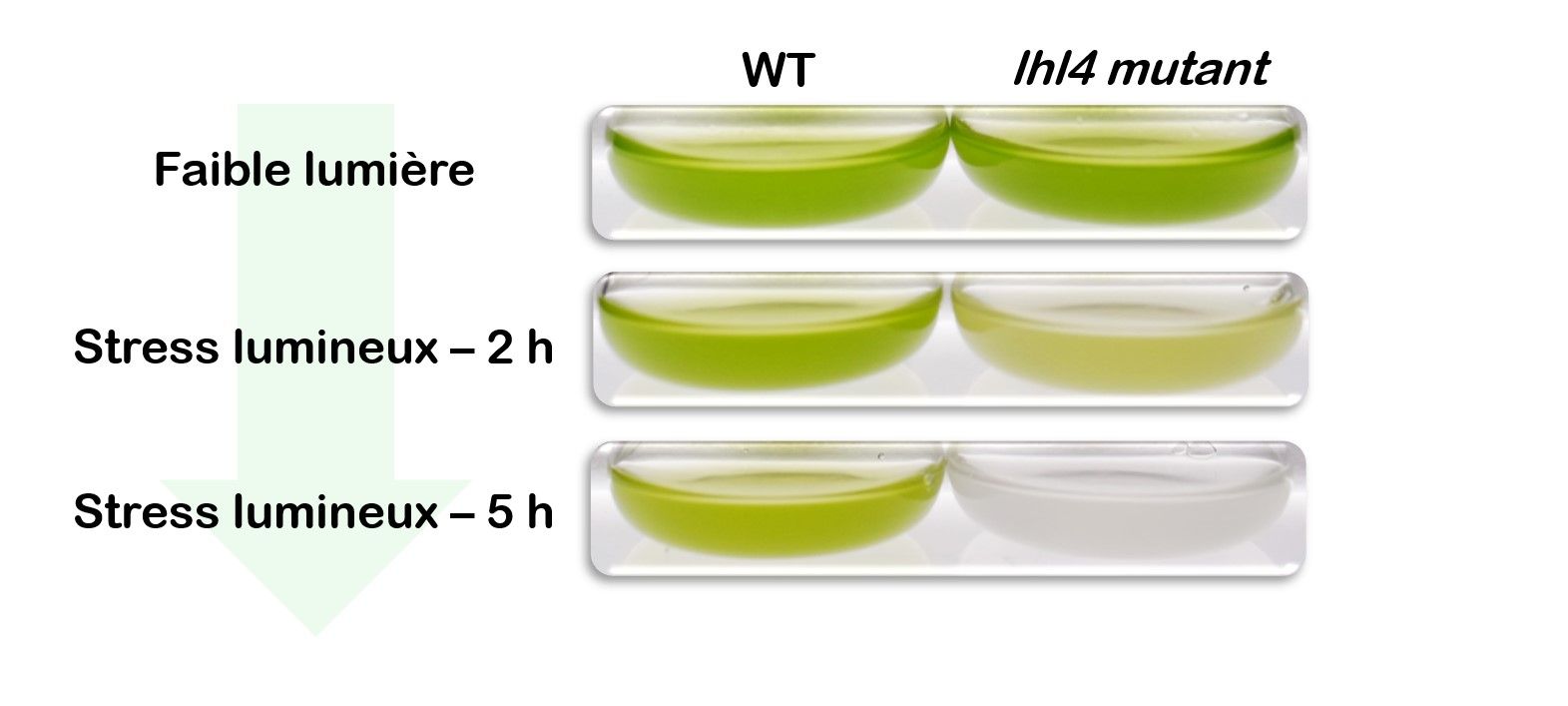Follow us on Google News (click on ☆)
These living beings convert light into energy through photosynthesis. This mechanism also releases oxygen (O₂). For this, they use a group of proteins called photosystem II (PSII).

This photo shows two microalgae cultures. On the left, a normal strain remains green even under strong light. On the right, a strain without LHL4 becomes transparent because it cannot protect itself and dies.
But if the light is too intense, this system can be damaged. It then needs to be repaired. During this repair, it goes through a fragile stage, and it wasn't fully understood how this stage was protected.
The researchers discovered that LHL4 plays a key role at this moment. This protein activates when the light is too strong. It attaches itself to PSII during its repair, helping it rebuild properly. Without this assistance, the cells can no longer repair the system and eventually die.
This discovery helps us better understand how plants resist excessive light. In the long run, it could lead to new ways of making them more resilient, for example in agriculture.